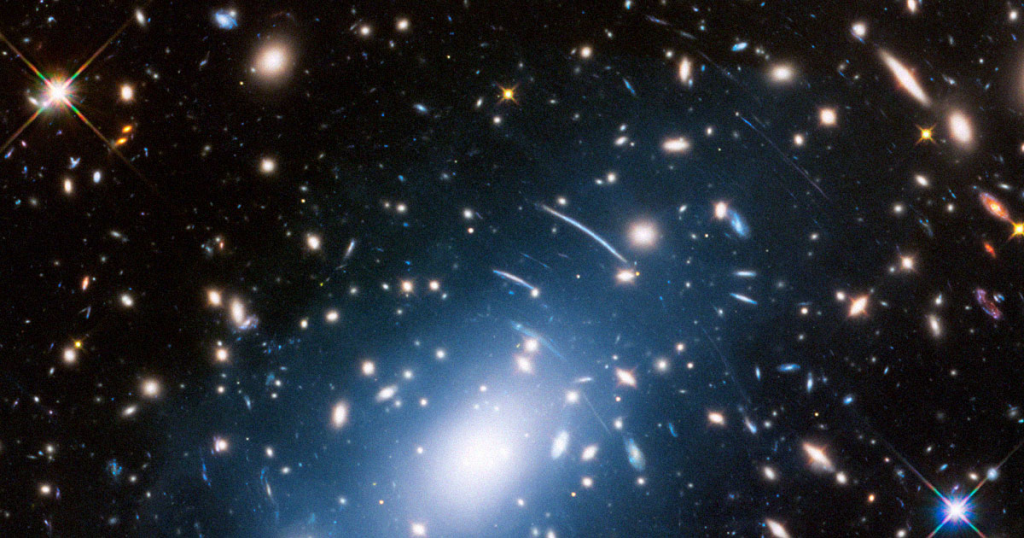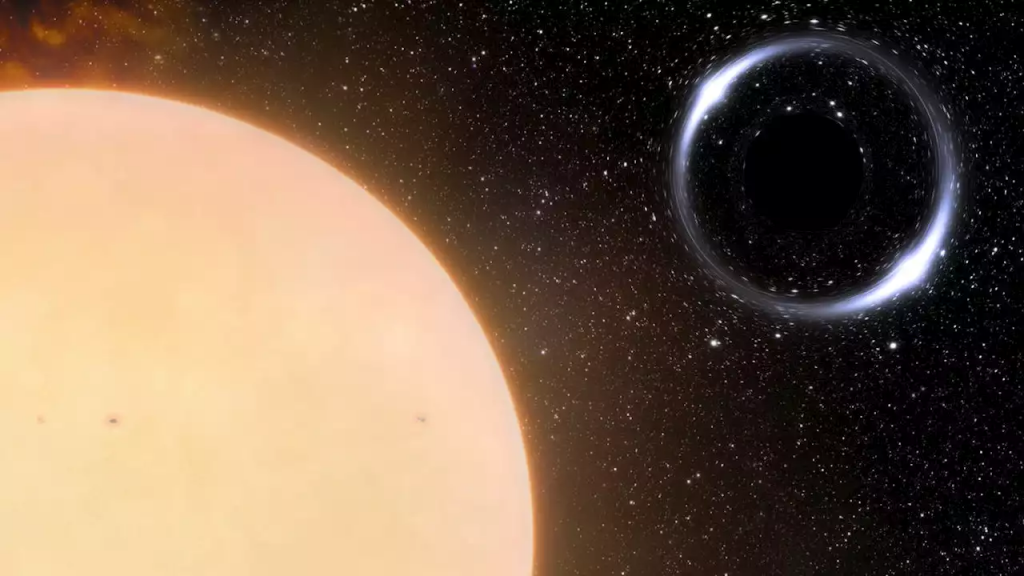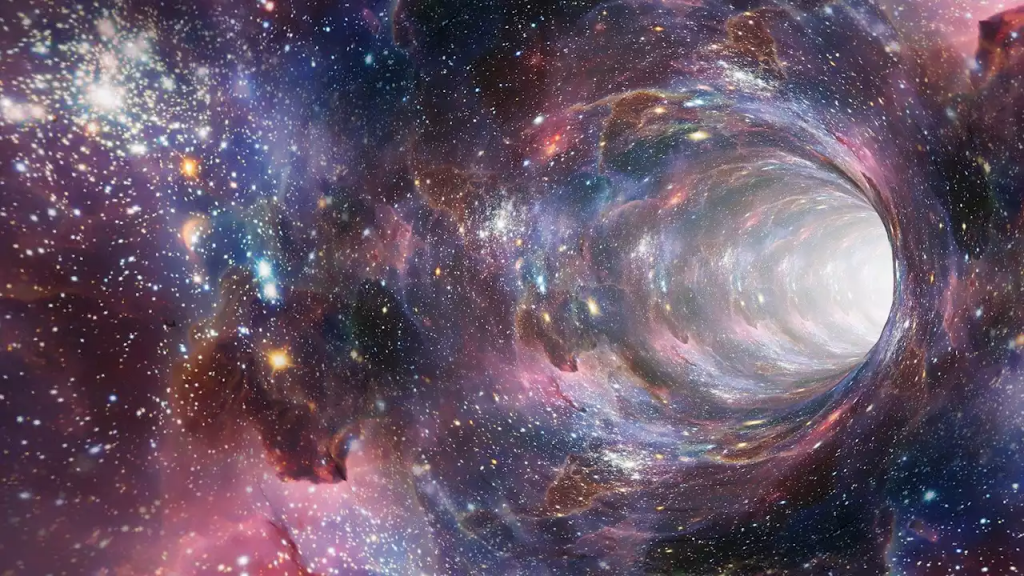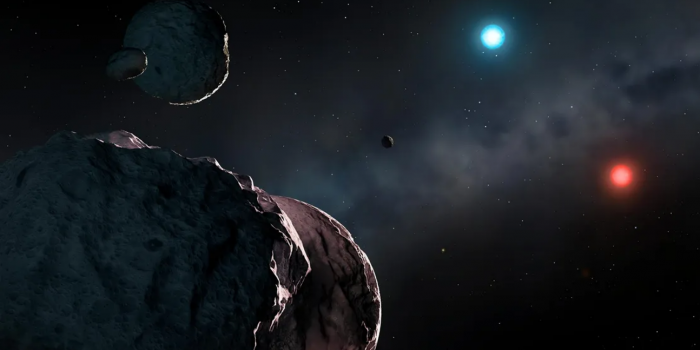Astronomers have uncovered the oldest star in our galaxy that is accumulating debris from orbiting terrestrial planets, making it one of the Milky Way’s oldest rocky and ice celestial bodies ever observed.
The scientists found that a weak white dwarf 90 light-years from Earth and the remnants of its circling planetary system are more than 10 billion years old.
Most stars, including our Sun, will ultimately become white dwarfs. For this study, the researchers modelled two rare white dwarfs discovered by the European Satellite Agency’s GAIA space observatory. Planetary debris has polluted both stars. One of them was found to be extraordinarily blue, while the other was discovered to be the faintest and reddest seen to date.

Both were studied further, and the researchers discovered that the’red’ star WDJ2147-4035 is around 10.7 billion years old, with 10.2 billion years spent cooling as a white dwarf.
Furthermore, after examining WDJ2147-4035, the researchers observed the presence of the metals sodium, lithium, and potassium, as well as a possible deposit of carbon onto the star, making it the oldest metal-polluted white dwarf known to date.
The second ‘blue’ star, WDJ1922+0233, is a tad younger than WDJ2147-4035 and was contaminated by planetary material similar to the Earth’s continental crust. Moreover, the scientists found that WDJ1922+blue 0233’s colour, despite its cold surface temperature, is produced by its rare mixed helium-hydrogen atmosphere.

“These metal-polluted stars show that Earth isn’t unique; there are other planetary systems out there with planetary bodies similar to the Earth,” said lead author Abbigail Elms, a PhD student at the University of Warwick.
Astronomers believe that the Milky Way’s oldest planetary system discovered around a white dwarf is the result of debris from an old planetary system that survived the star’s evolution into a white dwarf being found in the nearly pure-helium and high-gravity atmosphere of the red star WDJ2147-4035.
“97% of all stars will become a white dwarf, and they’re so ubiquitous around the universe that they are very important to understand, especially these extremely cool ones. Formed from the oldest stars in our galaxy, cool white dwarfs provide information on the formation and evolution of planetary systems around the oldest stars in the Milky Way,” Elms said.

“We’re finding the oldest stellar remnants in the Milky Way that are polluted by once Earth-like planets. It’s amazing to think that this happened on the scale of ten billion years and that those planets died way before the Earth was even formed,” he added.
The study was published in the Monthly Notices of the Royal Astronomical Society.


